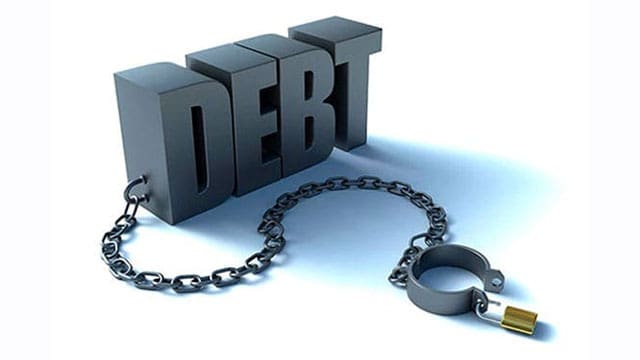By Jason Clemens
Niels Veldhuis
and Milagros Palacios
The Fraser Institute
While the Liberals campaigned on a marked increase in federal spending financed by deficits, Canadians view this approach more negatively than they did during the election campaign, according to a recent Angus Reid poll. Canadians are indeed wise to be skeptical.
Running deficits during recessions is understandable as revenues decline and spending increases. However, governments that prudently manage their finances purposefully return to balance as soon as possible once the economy recovers. Failing to do so places the country’s finances at risk should the economy experience a slowdown or another recession.
The current federal plan includes deficits for the next four years before gradually returning to balance in 2019-20. As part of the plan to balance the budget, the Liberals need to overcome a host of issues, which include finding $3 billion in “internal savings” within four years, pulling back spending in the third year of their plan (far easier said than done, particularly heading into an election) and overcoming the current deterioration in federal finances highlighted by the fall financial update. In addition, repeated studies have shown that the tax hike on upper-earners likely will not raise the planned amount of revenue.
Even if the new government is able to overcome these hurtles, there is still a fatal error in their fiscal plan: it ignores the business cycle – the ebbs and flows of the economy that are outside of the government’s direct control.
Consider that Canada has experienced a recession, or at the very least an economic slowdown, on average, every eight years since 1980. (Interestingly, a similar pattern exists in the U.S.).
Recessions impact the federal treasury in two ways. First, they reduce revenues. The deep recession in the early 1980s reduced revenues by 3.2 percent in just one year while revenues fell 1.8 percent over two years during the mild recession of the early 1990s. The slowdown (not technically a recession) of the early 2000s saw revenues fall marginally. In the most recent recession, revenues dropped by almost 10 percent between 2007-08 and 2009-10, a portion of which is explained by the government’s introduction of personal income tax and GST rate reductions in 2006.
Recessions also cause federal spending to automatically increase. There are a number of programs, often referred to as automatic stabilizers, which increase in times of economic slowdowns without any intervention or change in policy. One example is Employment Insurance. As unemployment increases, spending on EI increases. In the most recent recession, for instance, spending on EI increased $7.3 billion over the three years between 2007-08 and 2009-10, which included both the automatic increase in spending due to the rise in unemployment as well as expanded benefits (policy change).
If the experience of the past three-plus decades holds, Canada will likely experience an economic slowdown – or worse, a recession – over the next two to three years, in which revenues of the federal government actually decline. Such an event means that the revenues projected by the Liberals will not come to fruition and spending will be higher than planned. In other words, the deficits will likely be much higher than currently planned meaning that reaching a balanced budget in 2019-20 will require deep cuts to spending and/or much larger tax increases. The likelihood of such actions one or two years out from an election is slim.
Consider the following hypothetical. Assume Canada experiences a modest slowdown over the next two years as we did in the early 2000s. If federal revenues decline by a comparable amount, the annual hole in federal finances would be roughly $15 to 20 billion deeper than the currently projected deficits of $10 billion.
Rather than put Canada’s relatively sound finances at risk, the Liberals ought to consider the experience of their predecessors, the Chretien government. Just over 20 years ago, the Chretien Liberals delivered the most important federal budget in a generation. After three decades-plus of consistent deficits, the Chretien government delivered a budget that cut spending by almost 10 percent, reformed provincial transfers and federal programs, and placed the country on a path to a balanced budget in 1997, followed by tax relief and debt reduction for the following decade. As a result, the Chretien era was a period of great prosperity for the country.
Unfortunately, the Trudeau government has rejected the successful policies of this period in exchange for deficit-financed spending and higher taxes. Canada’s economy will suffer from poorer performance as it did in previous periods when such policies were followed. In addition, borrowing money to finance spending during good times (i.e. when the economy is growing) means when the inevitable downturn happens our country’s finances will be that much worse.
We’ve seen this show before (in the 1970s, ’80s and early ’90s), and unfortunately, we’re about to go through it again.
Jason Clemens, Niels Veldhuis, and Milagros Palacios are economists with the Fraser Institute and co-authors of Learning from the Past: How Canadian Fiscal Policies of the 1990s Can Be Applied Today.
Jason, Niels and Milagros are Troy Media contributors. Why aren’t you?
The views, opinions and positions expressed by columnists and contributors are the author’s alone. They do not inherently or expressly reflect the views, opinions and/or positions of our publication.





